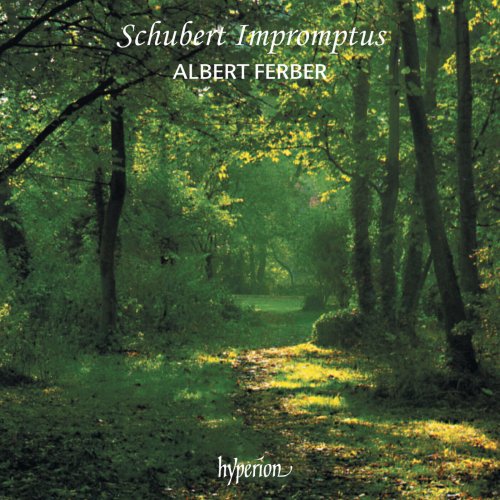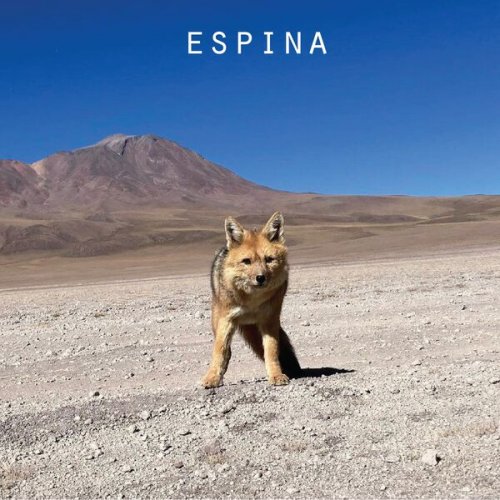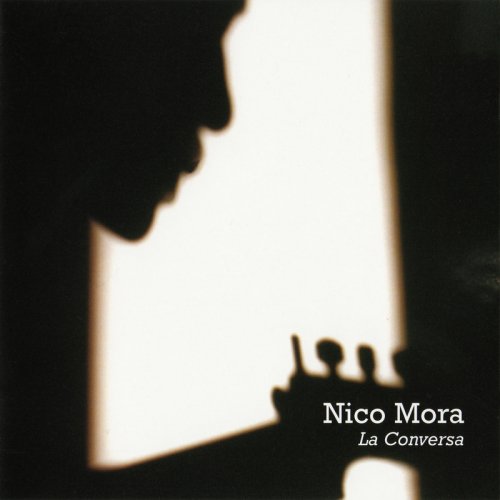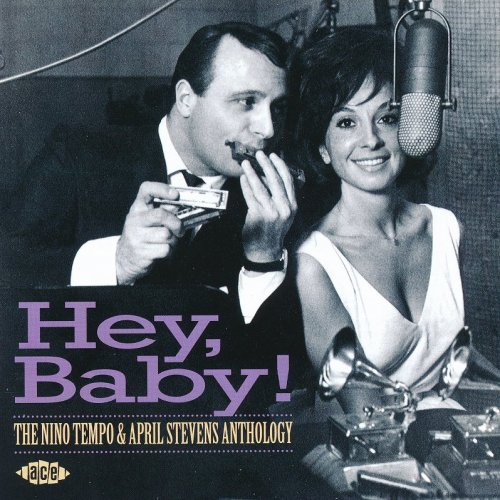Albert Ferber - Schubert: Impromptus, Op. 90 & 142 (1988)

Artist: Albert Ferber
Title: Schubert: Impromptus, Op. 90 & 142
Year Of Release: 1988
Label: Hyperion
Genre: Classical Piano
Quality: flac lossless (tracks) +Booklet
Total Time: 01:03:19
Total Size: 209 mb
WebSite: Album Preview
TracklistTitle: Schubert: Impromptus, Op. 90 & 142
Year Of Release: 1988
Label: Hyperion
Genre: Classical Piano
Quality: flac lossless (tracks) +Booklet
Total Time: 01:03:19
Total Size: 209 mb
WebSite: Album Preview
01. 4 Impromptus, Op. 90, D. 899: No. 1 in C Minor. Allegro molto moderato
02. 4 Impromptus, Op. 90, D. 899: No. 2 in E-Flat Major. Allegro
03. 4 Impromptus, Op. 90, D. 899: No. 3 in G-Flat Major. Andante
04. 4 Impromptus, Op. 90, D. 899: No. 4 in A-Flat Major. Allegretto
05. 4 Impromptus, Op. 142, D. 935: No. 1 in F Minor. Allegro moderato
06. 4 Impromptus, Op. 142, D. 935: No. 2 in A-Flat Major. Allegretto
07. 4 Impromptus, Op. 142, D. 935: No. 3 in B-Flat Major. Andante with Variations
08. 4 Impromptus, Op. 142, D. 935: No. 4 in F Minor. Allegro scherzando
Throughout his short working life Schubert wrote many sonatas for his own beloved instrument the piano; yet curiously enough, his only sets of piano pieces—the Moments Musicaux, D780, Impromptus, D899 and D935, and Drei Klavierstücke, D946—are all late works. (Earlier single movements either belong to unfinished sonatas or stand alone.)
The Impromptus were written during the latter half of 1827, which also saw the completion of masterpieces such as the song-cycle Winterreise, the Piano Trio in E flat, and the great C major Symphony. Like so many of Schubert's works, their subsequent history was chequered: D935 did not appear in print until eleven years after his death: and though movements I and II of D899 were published soon after they were written, III and IV did not see the light of day until thirty years later—with the third movement printed in G instead of G flat and its bar-lengths halved in order to make it easier for amateurs to read.
It has sometimes been suggested that the Impromptus are sonatas in disguise; and Schumann even wrote that D935 could be made into a fine three-movement sonata by omitting the third movement which, for some inexplicable reason, he found "wholly devoid of invention or fancy'. This is of course nonsense, for the opening movement in each set is quite untypical of Schubert's sonata form; the second movement of D899 is not in the least like a normal scherzo, minuet, or slow movement; and neither last movement has the feeling of a sonata-finale. It is a mistake, therefore, to think of these works as pseudo sonatas; they are groups of beautiful and finely contrasted pieces, and should be enjoyed as such...

![Barre Phillips - Three Day Moon (1978/2025) [Hi-Res] Barre Phillips - Three Day Moon (1978/2025) [Hi-Res]](https://www.dibpic.com/uploads/posts/2025-12/1766322384_cover.jpg)
![Reggie Watts - Reggie Sings: Your Favorite Christmas Classics, Volume 2 (2025) [Hi-Res] Reggie Watts - Reggie Sings: Your Favorite Christmas Classics, Volume 2 (2025) [Hi-Res]](https://img.israbox.com/img/2025-12/21/cn1c8l2hi7zp9j05a5u7nw49g.jpg)


![Nana Vasconcelos - Saudades (1980/2025) [Hi-Res] Nana Vasconcelos - Saudades (1980/2025) [Hi-Res]](https://www.dibpic.com/uploads/posts/2025-12/1766056483_cover.jpg)
![Ready Player 3 - Ready Player 3 (2025) [Hi-Res] Ready Player 3 - Ready Player 3 (2025) [Hi-Res]](https://www.dibpic.com/uploads/posts/2025-12/1766128773_cover.jpg)

![Milton Man Gogh - Fully Stretched (2025) [Hi-Res] Milton Man Gogh - Fully Stretched (2025) [Hi-Res]](https://www.dibpic.com/uploads/posts/2025-12/1766080588_cover.jpg)